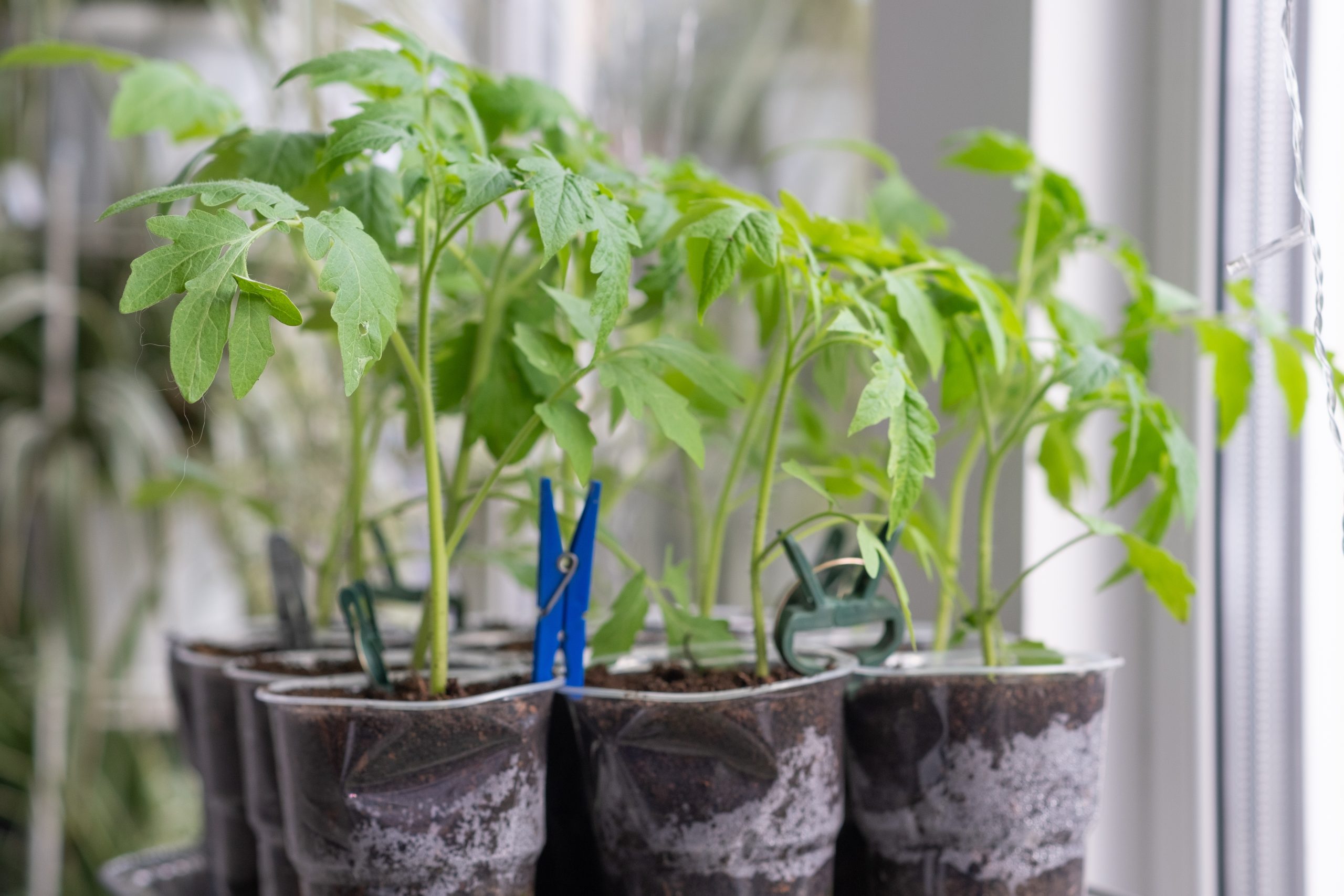Creating a thriving indoor garden is a rewarding way to bring nature into your home, improve air quality, and enhance your living space. For seniors, indoor gardening can be a therapeutic hobby that provides physical activity, mental stimulation, and a sense of accomplishment. Here’s a comprehensive guide on how to create a flourishing indoor garden, complete with practical tips and insights.
1. Choose the Right Plants
Selecting the right plants is crucial for a successful indoor garden. Consider plants that thrive indoors and match your care capabilities.
Tips:
- Low Maintenance Plants: Opt for low-maintenance plants like pothos, snake plants, and spider plants that require minimal care.
- Light Requirements: Choose plants based on the lighting conditions in your home. For example, succulents and cacti prefer bright light, while ferns and peace lilies thrive in low light.
- Air-Purifying Plants: Consider air-purifying plants like aloe vera, peace lilies, and Boston ferns to improve indoor air quality.
2. Provide Adequate Lighting
Proper lighting is essential for plant growth. Natural light is ideal, but supplemental lighting can help where natural light is insufficient.
Tips:
- Natural Light: Place plants near windows that receive adequate sunlight. South-facing windows usually provide the most light.
- Artificial Light: Use grow lights to supplement natural light. LED grow lights are energy-efficient and effective for indoor gardening.
- Light Duration: Ensure plants receive the appropriate amount of light, typically 12-16 hours for most indoor plants. Use timers to automate lighting schedules.
3. Maintain Proper Humidity and Temperature
Indoor plants often require specific humidity and temperature conditions to thrive.
Tips:
- Humidity Levels: Increase humidity around your plants by using a humidifier, placing a tray of water near the plants, or grouping plants together.
- Temperature: Maintain a consistent temperature between 65-75°F (18-24°C) for most indoor plants. Avoid placing plants near drafts, heaters, or air conditioners.
- Mist Plants: Mist plants with water to increase humidity and clean leaves, but avoid over-misting which can lead to mold and mildew.
4. Use Quality Soil and Fertilizer
The right soil and fertilizer are key to healthy plant growth.
Tips:
- Potting Mix: Use a high-quality potting mix designed for indoor plants. Avoid using garden soil, which may not drain well indoors.
- Drainage: Ensure pots have drainage holes to prevent waterlogging. Use saucers to catch excess water.
- Fertilizing: Feed plants with a balanced, water-soluble fertilizer every 4-6 weeks during the growing season. Reduce fertilizing during the winter months.
5. Watering Techniques
Proper watering is crucial to prevent overwatering or underwatering, which can harm plants.
Tips:
- Consistent Schedule: Water plants consistently, checking the soil moisture before each watering. Stick your finger about an inch into the soil; if it feels dry, it’s time to water.
- Bottom Watering: Use bottom watering by placing pots in a tray of water and allowing the soil to soak up the moisture. This helps prevent overwatering and encourages root growth.
- Avoid Standing Water: Never let plants sit in standing water, which can lead to root rot.
6. Regular Maintenance
Regular maintenance keeps your indoor garden healthy and attractive.
Tips:
- Pruning: Regularly prune dead or yellowing leaves and stems to encourage new growth and prevent disease.
- Cleaning Leaves: Dust leaves with a damp cloth to keep them clean and maximize photosynthesis.
- Repotting: Repot plants when they outgrow their containers. Choose a pot that is one size larger and refresh the soil.
7. Pest Control
Indoor plants can still attract pests. Early detection and treatment are essential.
Tips:
- Inspect Regularly: Check plants regularly for signs of pests like aphids, spider mites, and fungus gnats.
- Natural Remedies: Use natural pest control methods such as neem oil, insecticidal soap, or a mixture of water and mild dish soap.
- Isolation: Isolate infested plants to prevent pests from spreading to other plants.
